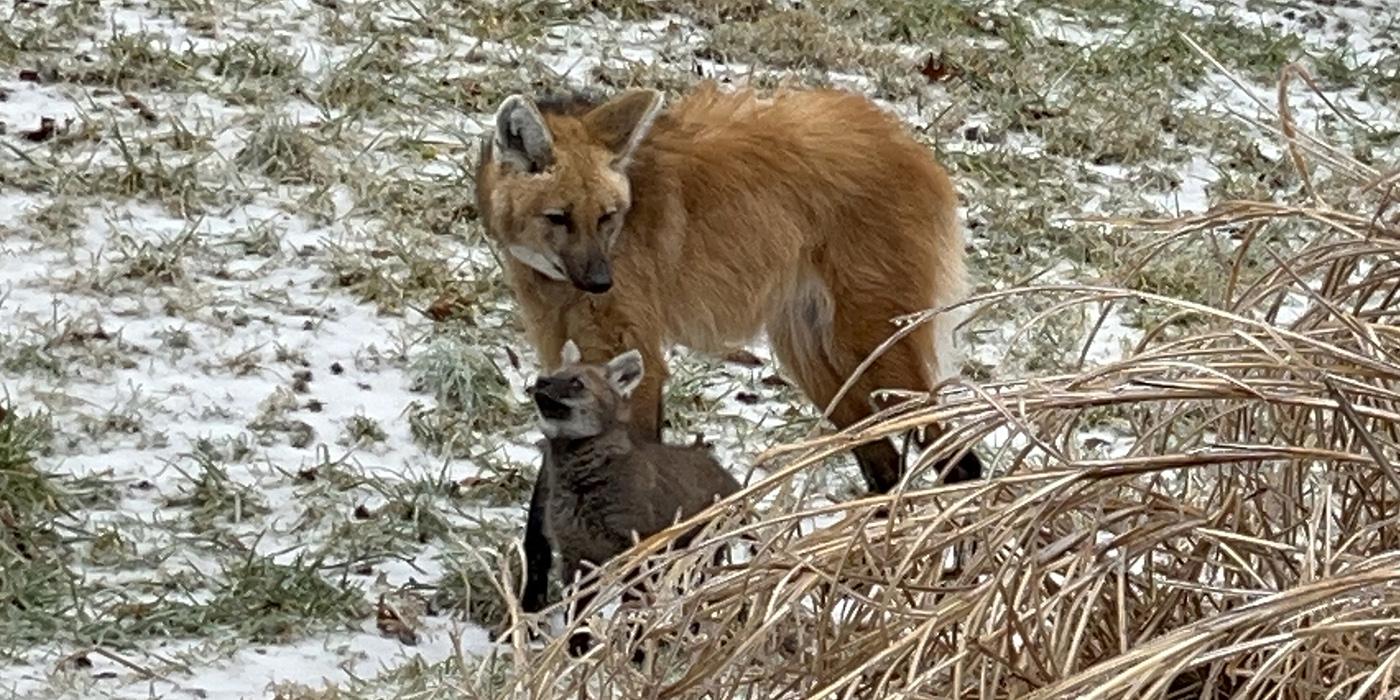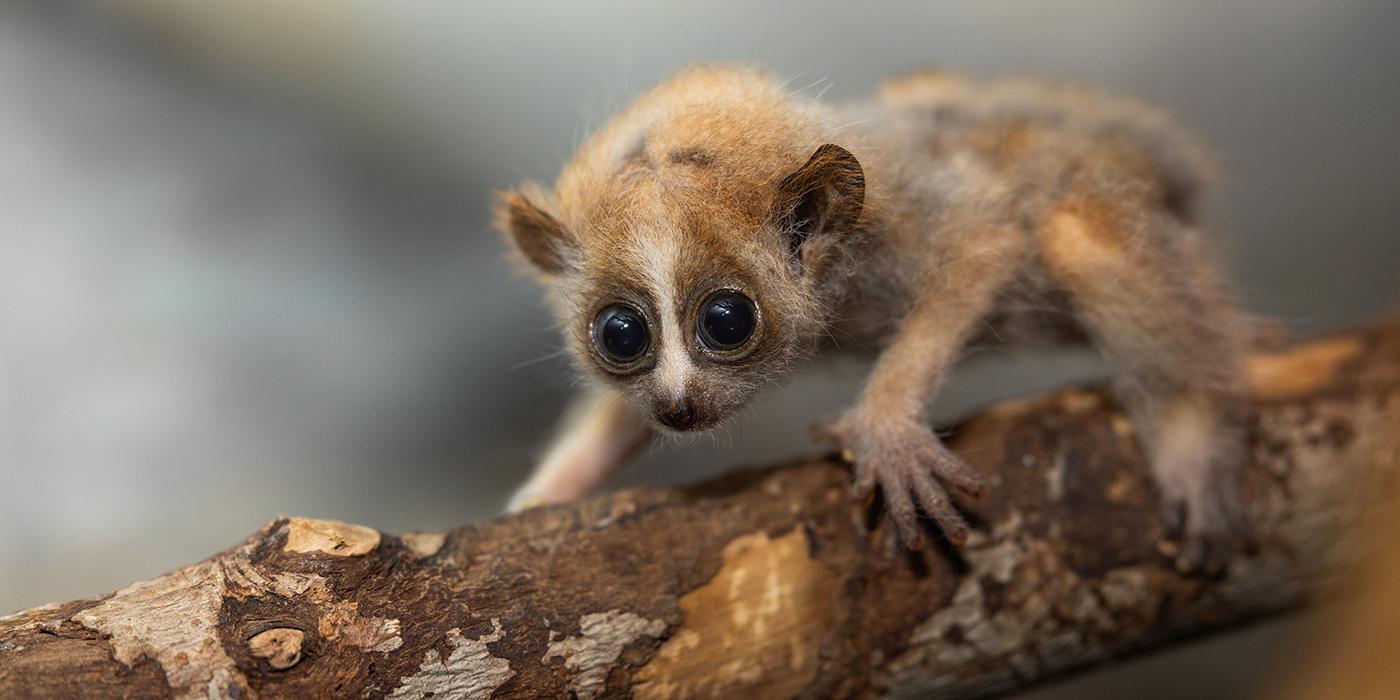Cheetah Conservation Community Bolsters Cub Count
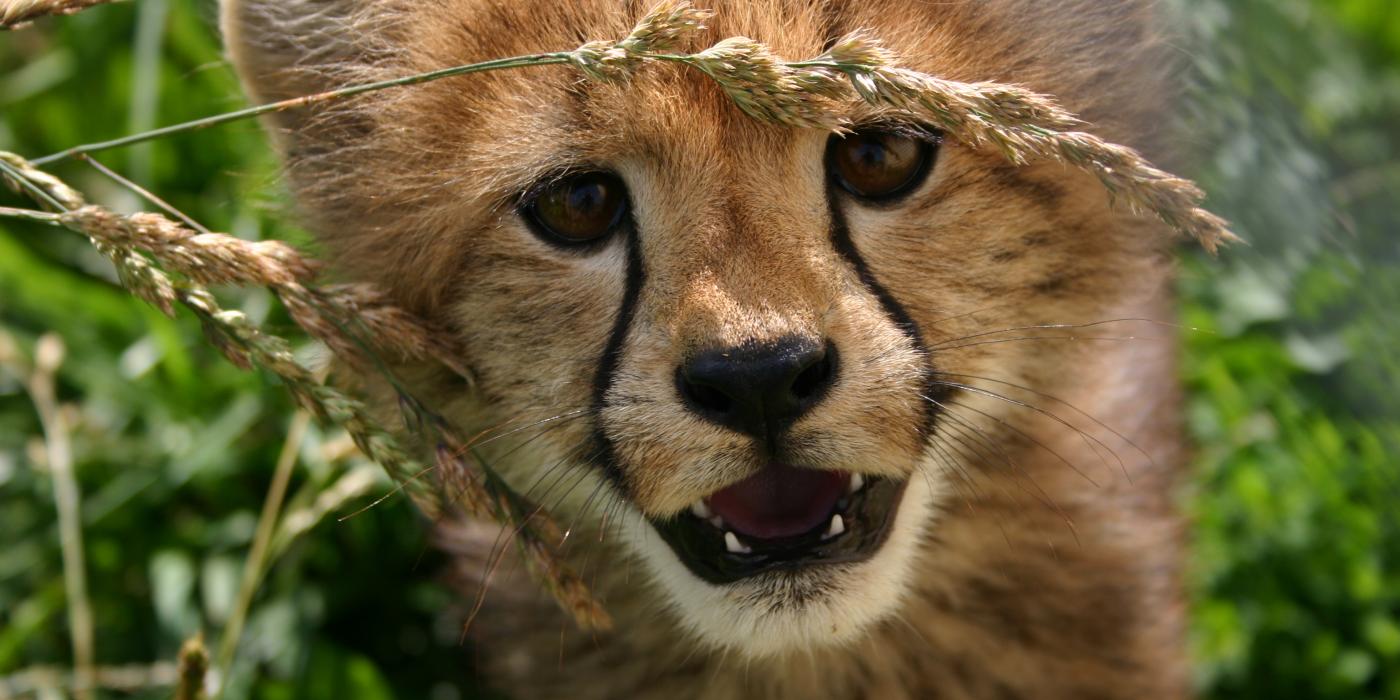
Over the last year, a record 91 cheetah cubs have been born at institutions affiliated with the Association of Zoos and Aquariums’ Cheetah Species Survival Plan (SSP). The success is the result of innovative reproductive and animal husbandry research, a community of conservationists that prioritizes close collaboration, and a shared vision of a genetically diverse, healthy population.
In this Q&A, Smithsonian Conservation Biology Institute (SCBI) cheetah biologist and manager of the Cheetah SSP Adrienne Crosier discusses how collaboration is positively affecting the future of these endangered felines.
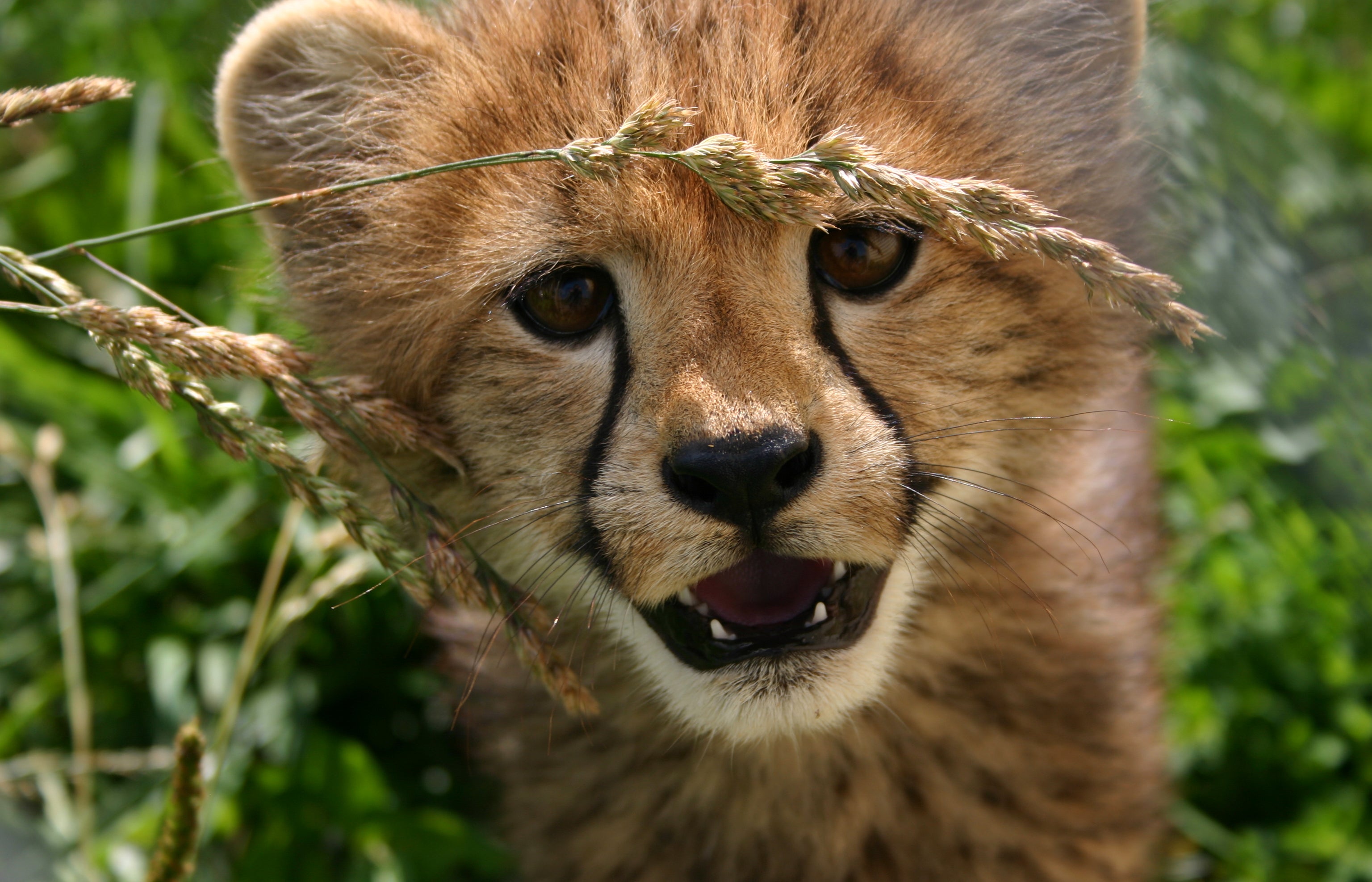
What makes you optimistic about the future of cheetahs?
Cheetah populations in human care are doing very well—we have good gene diversity, the cats are living longer, our litter size is increasing and the population is stable. We are doing comprehensive research to better understand cheetah health and reproduction. These are all indicators of improved animal care and better reproductive management.
One of the reasons that researching these cats in human care is so critical is that wild populations are not increasing. In fact, they are lower than anyone suspected. According to a recent census, only about 7,000 individuals remain, and their habitat is becoming more fragmented as the human population expands. We want to turn this worrisome trend around. Moving cheetahs that were born in human care in North America to other managed populations globally and increasing animal/genetic exchange is critical to help increase genetic diversity and population stability around the world.
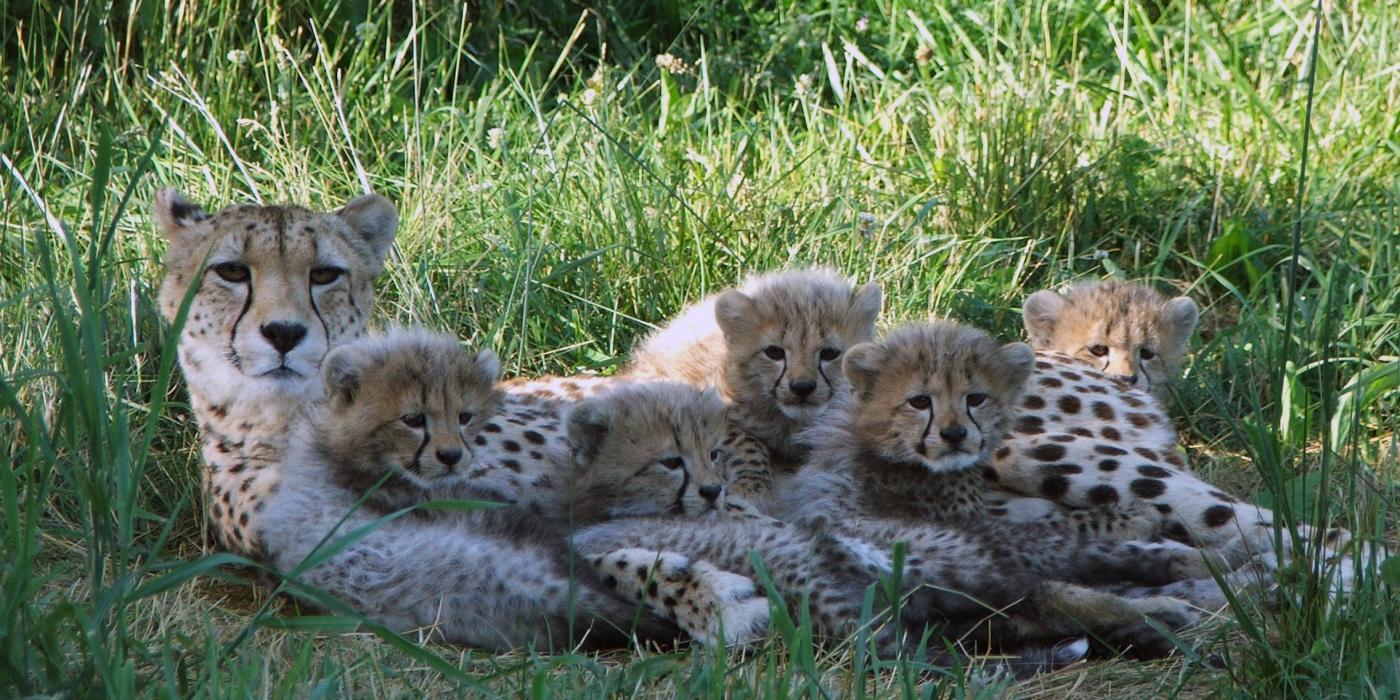
What is the secret to the Cheetah SSP’s banner year?
In 2012, the Conservation Centers for Species Survival (of which SCBI is a part) held a meeting with the cheetah breeding centers. At that time, we formed the Cheetah Breeding Centers Coalition—a group that shares ideas about cheetah husbandry management, breeding and research. It marked a turning point for the institutions that participate in the North American SSP and helped produce more cubs across the board. As the SSP chair, I help coordinate many of these collaborations and conversations.
The Smithsonian Conservation Biology Institute is leading the effort by studying the genes of the cats in our care. This helps our team determine which individuals to send to our sister facilities for breeding. Ultimately, we want the cats to reproduce consistently every year. Over the past eight years, our breeding program has done very well. In that time, we celebrated the births of 11 litters—that includes two litters with five surviving cubs each in 2017!
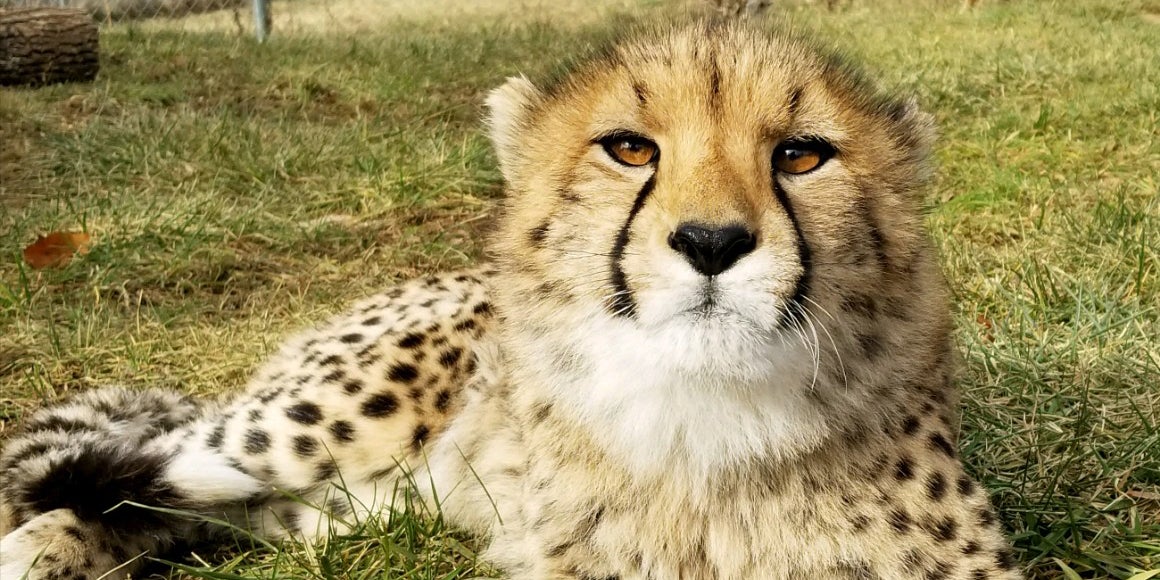
Why is studying cheetah genetics important?
Much of what we are trying to understand is the true relatedness of our population at the allelic level (alleles are inexact copies of genes and can transmit traits to offspring). On paper, we would say that two male cheetahs from the same litter would be the same genetic match with a given female. By drilling down to the level of the allele, we can see that some males are much better matches for a given female at the genetic level, which creates more genetic diversity in the population and strengthens the animals’ robustness.
We have received samples from about 25 institutions for our genetics study. Sometimes, that involves looking at tissues (heart, liver, skin) from cats that died more than 10 years ago. By analyzing these samples, we have preliminarily found that much of our North American population falls into two distinct genetic groups, one originating primarily from South Africa and one from Namibia.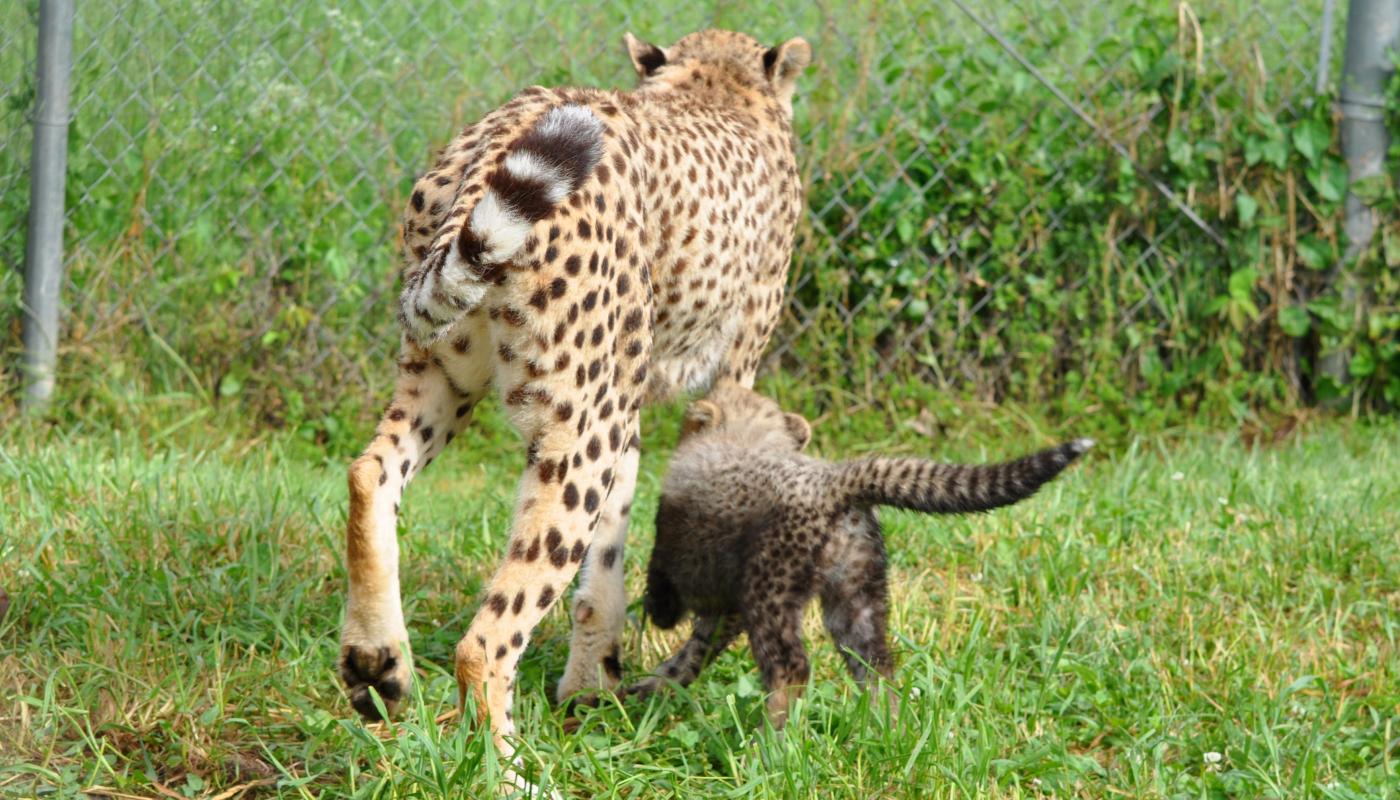
What is the biggest challenge in breeding cheetahs?
Cracking the code of artificial insemination! We perform artificial inseminations every year. Unfortunately, we have not had a pregnancy as a result of this procedure since 2003. While this is frustrating, we are encouraged that the technique we are using has worked in other species. There is hope that we can successfully produce cubs through this technique again. If we can solve this mystery, artificial insemination would provide a tremendous tool for better managing the population in human care.
Related Species:

